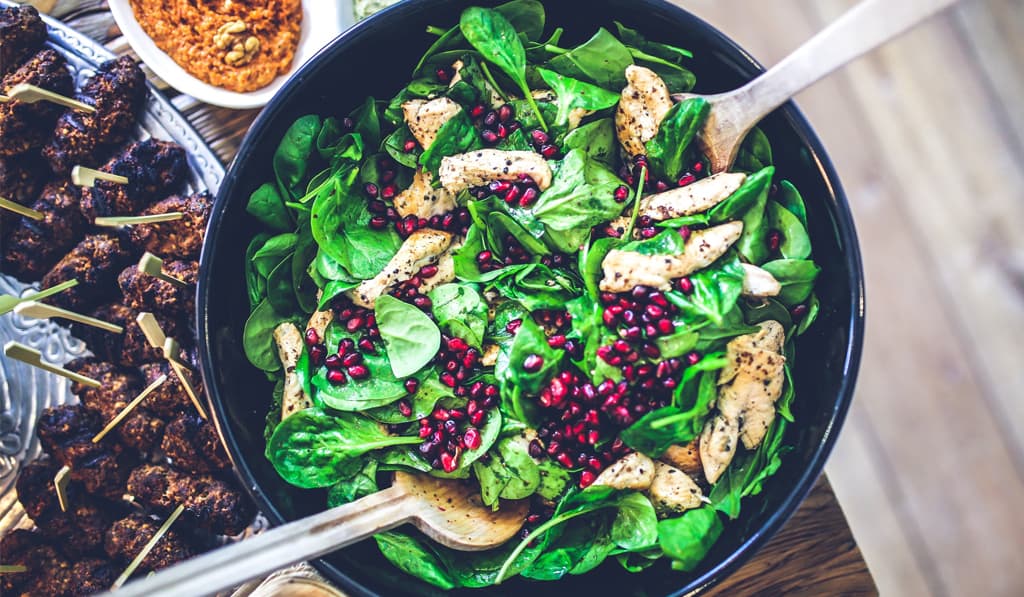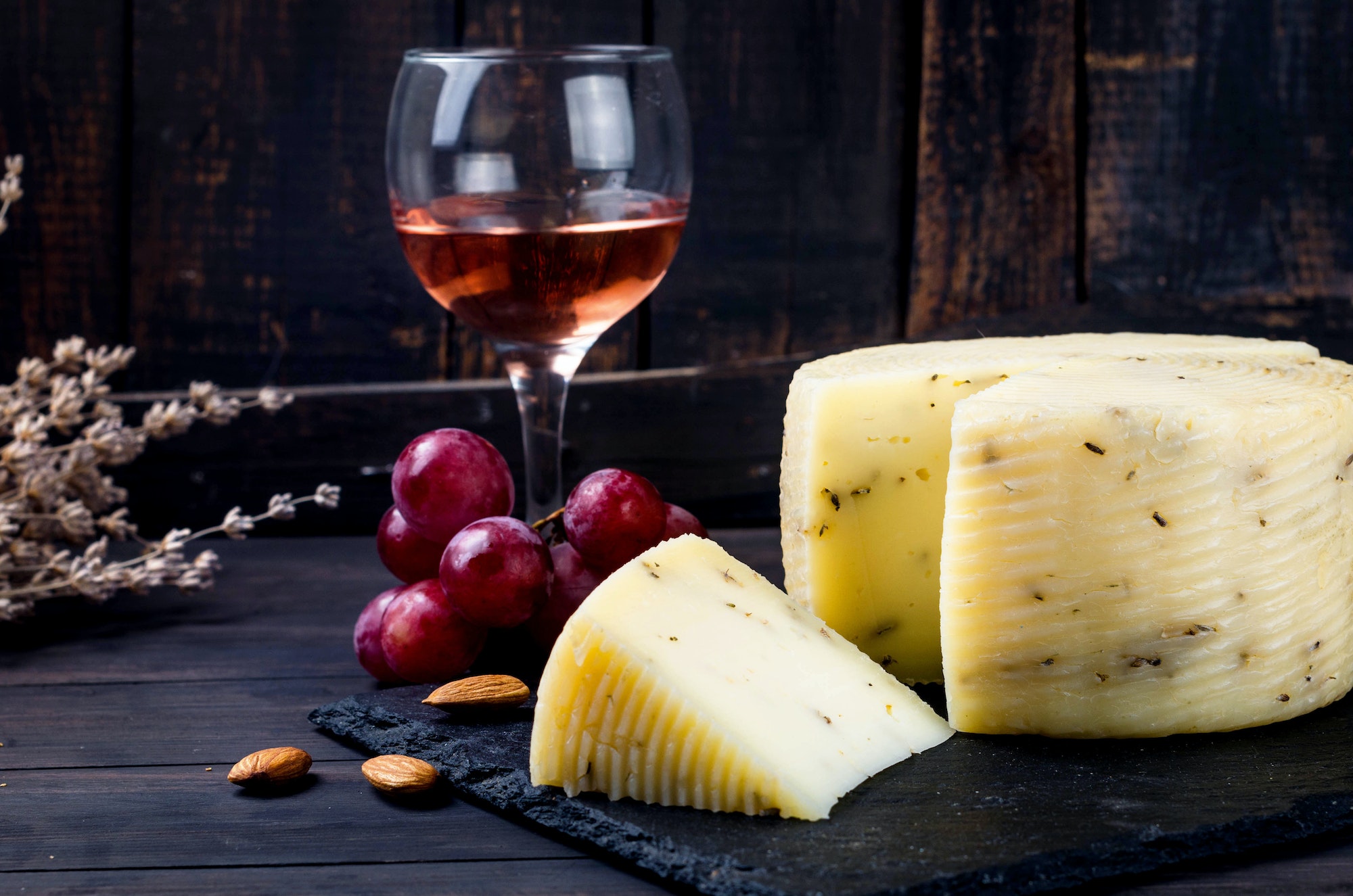Best Ways to Cook with Seasonal Produce: Tips and Recipes

Cooking with seasonal produce is a great way to enjoy the freshest, most flavorful ingredients while supporting local farmers and reducing your carbon footprint. However, it can be challenging to know what produce is in season and how to best prepare it. In this guide, we’ll provide you with tips and recipe ideas for cooking with seasonal produce.

- Know what’s in season
The first step to cooking with seasonal produce is to know what’s in season. This will vary depending on where you live, but some common seasonal produce includes:
- Spring: asparagus, peas, artichokes, spinach, rhubarb, strawberries
- Summer: tomatoes, corn, cucumbers, zucchini, peaches, watermelon, berries
- Fall: pumpkin, squash, apples, pears, Brussels sprouts, cauliflower, sweet potatoes
- Winter: citrus fruits, kale, broccoli, beets, carrots, parsnips, turnips
- Keep it simple
When cooking with seasonal produce, it’s best to keep it simple and let the flavors of the produce shine through. Simple preparations like roasting, grilling, or sautéing with olive oil and herbs can bring out the natural flavors of the produce.
- Experiment with different cooking techniques
Experiment with different cooking techniques to find what works best for different types of produce. For example, steaming is a great way to cook delicate vegetables like asparagus and green beans, while roasting is a great way to bring out the sweetness in root vegetables like carrots and beets.
- Try new recipes
Try new recipes to keep things interesting and incorporate seasonal produce into your meals. Here are some recipe ideas to get you started:
- Spring: Asparagus and Goat Cheese Frittata, Pea and Mint Soup, Spinach and Strawberry Salad
- Summer: Grilled Corn on the Cob, Zucchini Fritters, Peach and Tomato Caprese Salad
- Fall: Roasted Butternut Squash Soup, Brussels Sprouts with Bacon and Maple Syrup, Apple and Pear Crisp
- Winter: Citrus and Fennel Salad, Roasted Root Vegetable Medley, Kale and White Bean Soup
In conclusion, cooking with seasonal produce is a great way to enjoy fresh, flavorful ingredients while supporting local farmers and reducing your carbon footprint. By knowing what’s in season, keeping it simple, experimenting with different cooking techniques, and trying new recipes, you can create delicious meals that highlight the best of what each season has to offer. So head to your local farmer’s market, stock up on seasonal produce, or check out Amazon and get cooking!



2 Comments
[…] Best Ways to Cook with Seasonal Produce: Tips and Recipes food safetystreet food Share […]
March 8, 2023 - 12:55 am[…] Check out our blog on cooking with seasonal produce! […]
March 14, 2023 - 2:08 pmComments are closed.